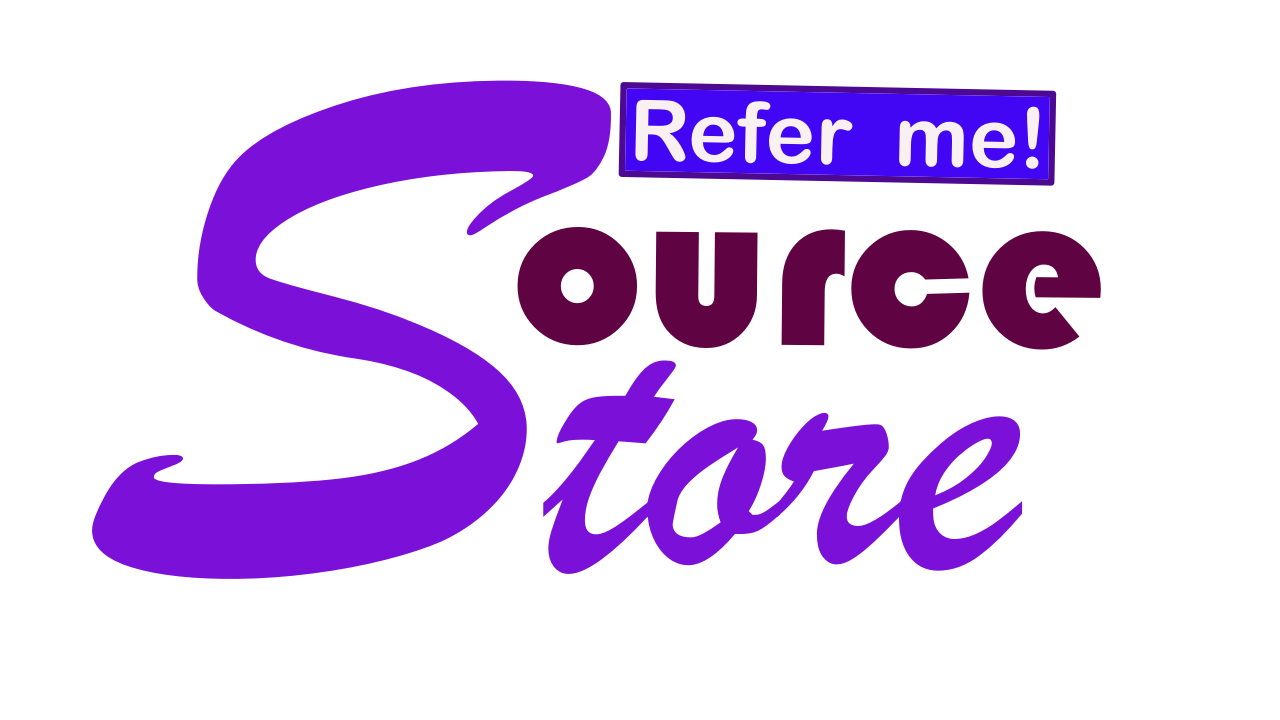Here are 50 things that can be used for weight loss:
- Exercise: Regular exercise can help burn calories and increase metabolism.
- Strength training: Lifting weights or using resistance bands can help build muscle and boost metabolism.
- Cardiovascular exercise: Activities like running, cycling, or swimming can help burn calories and improve heart health.
- High-Intensity Interval Training (HIIT): HIIT involves short bursts of high-intensity exercise followed by brief periods of rest or low-intensity exercise.
- Walking: Taking brisk walks is an effective way to burn calories and improve overall health.
- Yoga: Yoga can improve flexibility, reduce stress, and promote overall health.
- Pilates: Pilates can help strengthen core muscles and improve posture.
- Dancing: Dancing is a fun way to burn calories and improve cardiovascular health.
- Resistance bands: Using resistance bands can help build strength and tone muscles.
- Dumbbells: Lifting dumbbells can help build muscle and increase metabolism.
- Kettlebells: Using kettlebells can help build strength and increase cardiovascular endurance.
- Foam rollers: Using a foam roller can help relieve muscle tension and improve flexibility.
- Exercise balls: Exercise balls can be used to strengthen core muscles and improve balance.
- Jump rope: Jumping rope is a fun way to burn calories and improve cardiovascular health.
- Hiking: Hiking is a great way to get exercise while enjoying nature.
- Swimming: Swimming is a low-impact exercise that can improve cardiovascular health and overall fitness.
- Cycling: Cycling is a fun and effective way to burn calories and improve cardiovascular health.
- Rowing: Using a rowing machine can provide a full-body workout and burn calories.
- Boxing: Boxing can provide a high-intensity workout and help build strength and endurance.
- Mindful eating: Being mindful of what and how much you eat can help you make healthier choices and reduce overeating.
- Portion control: Eating smaller portions can help reduce overall calorie intake.
- Drinking water: Drinking water can help reduce hunger and promote weight loss.
- Tracking food intake: Keeping a food diary or using a food-tracking app can help you be more aware of what you eat.
- Eating whole foods: Eating whole, unprocessed foods can help you feel fuller and reduce overall calorie intake.
- Getting enough sleep: Getting adequate sleep can help regulate hormones that affect hunger and weight management.
- Drinking green tea: Green tea contains antioxidants and caffeine, which can help boost metabolism and promote weight loss.
- Eating protein: Eating protein can help you feel fuller for longer periods of time, reducing overall calorie intake.
- Adding fiber to your diet: Eating fiber-rich foods like fruits, vegetables, and whole grains can help you feel fuller and reduce overall calorie intake.
- Eating healthy fats: Eating healthy fats like those found in nuts, seeds, and avocados can help you feel fuller and reduce overall calorie intake.
- Drinking apple cider vinegar: Drinking apple cider vinegar before meals may help reduce appetite and promote weight loss.
- Using smaller plates: Using smaller plates can help control portion sizes and reduce overall calorie intake.
- Chewing slowly: Chewing food slowly can help you eat less and feel fuller.
- Eating slowly: Eating slowly can help you be more mindful of what and how much you eat, reducing overall calorie intake.
- Drinking water before meals: Drinking water before meals can help reduce appetite and promote weight loss.
- Avoiding sugary drinks: Sugary drinks like soda and juice can be high in calories and contribute to weight gain.
- Avoiding processed foods: Processed foods can be high in calories and low in nutrients, making it harder to manage weight.
- Eating breakfast: Eating breakfast can help jumpstart metabolism and reduce overall calorie intake.
- Using a food scale: Using a food scale can help you be more accurate in measuring portion sizes and reduce overall calorie intake.
- Meal planning: Planning meals in advance can help you make healthier choices and reduce overall calorie intake.
- Cooking at home: Cooking meals at home can help you control ingredients and portion sizes, reducing overall calorie intake.
- Eating low-calorie foods: Eating low-calorie foods like fruits and vegetables can help you feel fuller and reduce overall calorie intake.
- Avoiding late-night snacking: Late-night snacking can contribute to weight gain, so try to avoid eating after dinner.
- Drinking black coffee: Drinking black coffee can help boost metabolism and promote weight loss.
- Using a pedometer: Using a pedometer can help track daily steps and promote physical activity.
- Practicing meditation: Practicing meditation can reduce stress, which can contribute to overeating.
- Using a standing desk: Using a standing desk can help burn more calories and promote overall health.
- Getting enough Vitamin D: Getting adequate Vitamin D can help regulate hormones that affect hunger and weight management.
- Eating fermented foods: Eating fermented foods like kefir and kimchi can help promote gut health, which may contribute to weight loss.
- Drinking vegetable juice: Drinking vegetable juice can help provide nutrients while reducing overall calorie intake.
- Using a meal delivery service: Using a meal delivery service can help you make healthier choices and control portion sizes.
